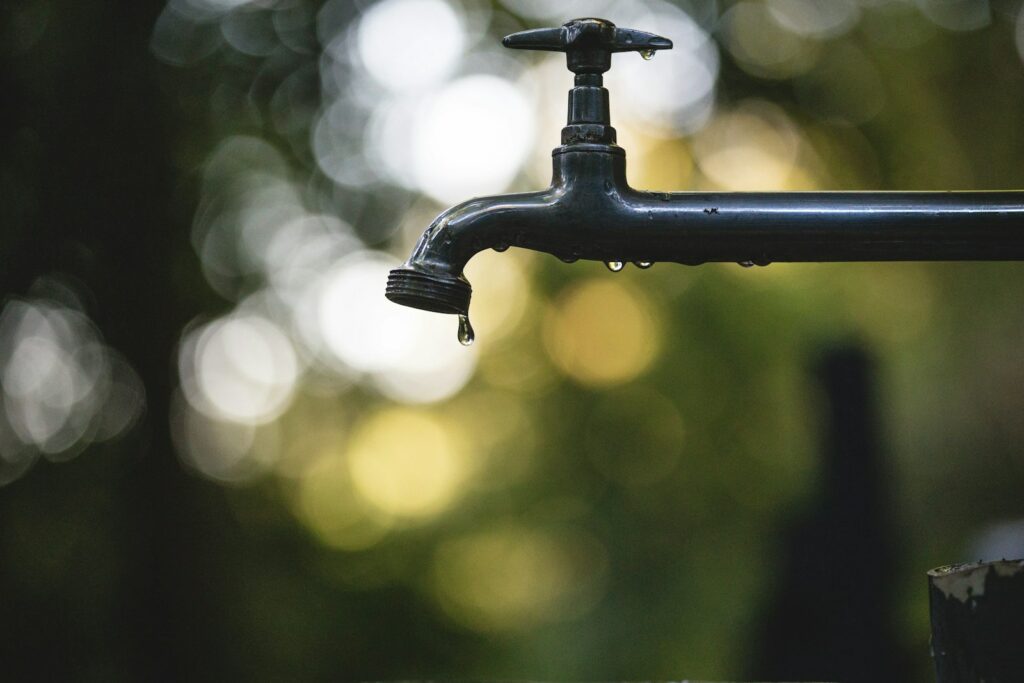Aquamation, also known as alkaline hydrolysis, is an increasingly popular eco-friendly alternative to traditional cremation and burial. Instead of using fire to break down the body, aquamation relies on a water-based process that mimics natural decomposition. This method appeals to those seeking a more environmentally conscious option for end-of-life arrangements. In this article, we explore the process of aquamation and focus on what remains after the procedure is completed.
What is Aquamation?
Aquamation, scientifically known as alkaline hydrolysis, involves breaking down a body through a combination of water, heat, and an alkaline solution (usually potassium hydroxide or sodium hydroxide). The body is placed in a specialized chamber where water and the alkaline solution are heated to around 300°F (150°C) under pressure. This process dissolves soft tissues into their chemical components, leaving behind only the bones and a sterile liquid byproduct.
Alkaline hydrolysis is a much gentler method of decomposition compared to flame-based cremation, making it an increasingly popular option for families and environmental advocates alike. Its usage is expanding across different states and countries, particularly in regions where sustainability and green practices are highly valued.
Final Remains: What to Expect
After aquamation, the final remains consist of two main components: bone fragments and a water-based byproduct, often called the effluent.
- Bone Fragments:
The solid remains after aquamation are the bones, which do not dissolve during the process. These bones are similar to what remains after traditional cremation, although they differ in appearance and texture. Aquamated bones are typically much whiter and softer than cremated bones. After the process, these bone fragments are dried and then processed into a fine powder using a cremulator, much like in traditional cremation. These powdered remains are returned to the family, and they can be placed in an urn, scattered, or memorialized in other ways. - Liquid Effluent:
The second byproduct of aquamation is a sterile liquid known as effluent. This liquid contains water, amino acids, salts, and sugars, which are natural byproducts of the body’s decomposition. Since this solution is completely free of harmful pathogens and chemicals, it is typically disposed of through the wastewater system, although some facilities treat it further for use in soil irrigation or other environmentally friendly practices.
The effluent is non-toxic, making aquamation a cleaner alternative to cremation, which releases pollutants like mercury and particulate matter into the atmosphere. The disposal of the effluent is highly regulated to ensure that it has no negative environmental impact.
Aquamation Remains vs. Cremation Remains
There are significant differences in the remains produced by aquamation and those produced by traditional cremation:
- Appearance and Quantity:
After aquamation, the bones left behind are lighter, softer, and whiter than those from flame-based cremation, which are often darker and more brittle due to the exposure to high heat. The volume of bones left after aquamation is also slightly greater because the process doesn’t destroy them as intensely as cremation does. However, once the bones are processed into a fine powder, they look similar to cremated remains. - Environmental Impact:
Aquamation’s environmental benefits are one of its main draws. The process uses significantly less energy than cremation, which requires high heat and the burning of fossil fuels. Aquamation produces no airborne emissions, unlike cremation, which releases pollutants such as carbon dioxide and mercury from dental fillings. Additionally, aquamation’s liquid byproduct is safe for the environment, unlike cremation’s emissions, making it a more sustainable choice.
Handling and Memorialization of Aquamated Remains
Aquamated remains are treated similarly to cremated remains when returned to the family. After the bones are pulverized into a fine, white powder, they can be placed in an urn or scattered in a meaningful location. Many families also opt for creative memorials, such as using the remains in jewelry, art, or even planting them in biodegradable urns that grow into trees.
- Memorialization Options:
The options for memorializing aquamated remains are the same as for cremated remains. Families may choose traditional urns, or they can explore newer, eco-friendly alternatives such as planting the remains in a “living urn” that supports tree growth. Additionally, remains can be made into keepsakes such as necklaces, rings, or other artistic pieces that allow loved ones to carry the deceased with them in a tangible way. - Customization:
Some families opt for personalized urns or artistic designs that reflect the personality of their loved one. These creative options offer a meaningful way to remember the deceased while aligning with the eco-conscious nature of aquamation.
Legal and Religious Perspectives on Aquamated Remains
- Legal Considerations:
The remains from aquamation are treated the same as cremated remains under most U.S. state laws. There are no significant legal differences in how the bones are handled, transported, or memorialized. In terms of the liquid effluent, disposal is carefully regulated to ensure that it is environmentally safe. Aquamation is currently legal in many U.S. states, Canadian provinces and other countries, but some jurisdictions still do not allow the process. As of recent years, there has been a push to make aquamation more widely available as families seek sustainable end-of-life solutions. - Religious and Cultural Views:
Many religious groups, including the Catholic Church, have begun to express openness toward aquamation, recognizing it as a viable alternative to cremation. However, not all faiths or cultures fully embrace it yet. Some concerns are rooted in how the body is treated, though the gradual acceptance of aquamation reflects changing perspectives on sustainability and environmental responsibility in funeral practices.
In some faiths, the eco-friendly aspect of aquamation aligns with beliefs about caring for the earth and the body, making it an appealing option. Other groups may still prefer traditional burial or cremation practices, but this is changing as aquamation becomes more widely understood and accepted.
Learn more: 50 questions answered about aquamation

